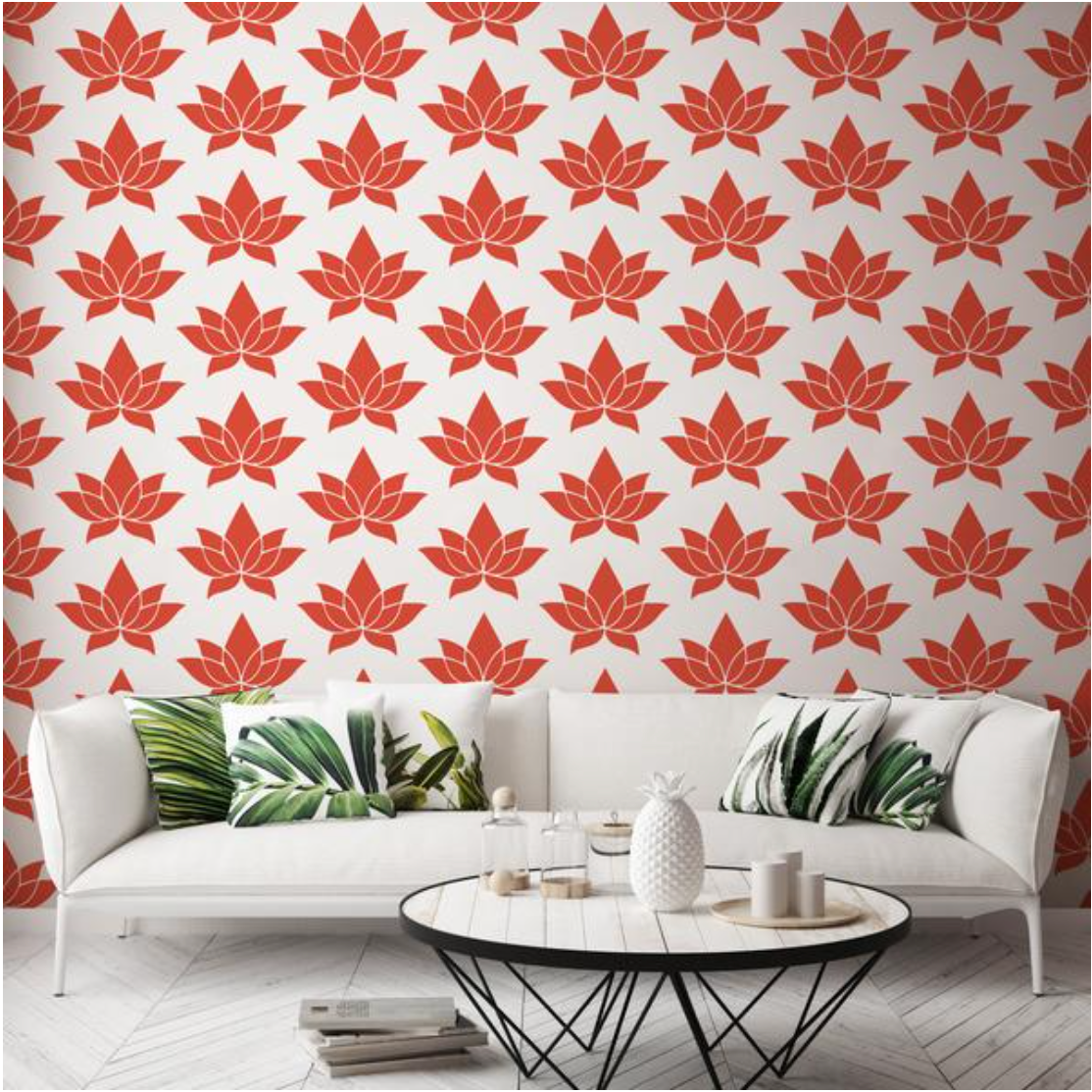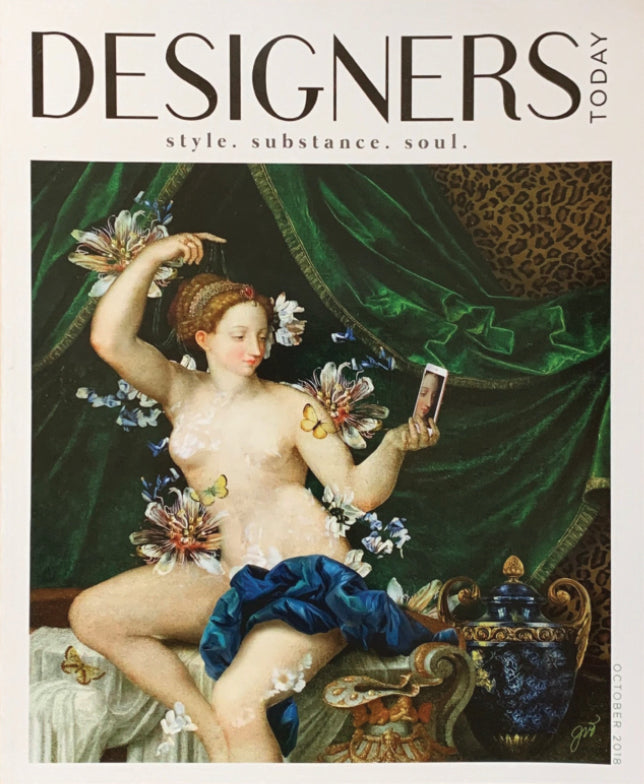Does Peel and Stick Wallpaper Damage Walls?
Peel and stick wallpaper has become increasingly popular over the years, largely because of how easy it is to install and remove. It’s great for renters and college students who want to decorate their spaces without damaging the walls, but homeowners who like to switch up their interiors also love how DIY-friendly removable wallpaper can be. It also comes in a wide array of beautiful patterns, just like traditional paste varieties. You can even find peel and stick wall murals for a creative vibe.
But does peel and stick wallpaper damage walls? Is it actually easy to remove? Does it leave behind any residue? We’re answering these questions and more so you can decide if peel and stick wallpaper is right for your space and remove it cleanly when you’re ready for a change.
Is Peel and Stick Wallpaper Really Removable?
Yes, high-quality peel and stick wallpaper is removable. Its self-adhesive backing means it’s usually a lot easier to remove than traditional wallpaper, which is why it's become so popular among renters and those who like to switch up their interior designs frequently.
When it’s applied and removed properly, peel and stick wallpaper is designed to pull away without damaging the underlying walls. But the quality of the wallpaper is important, and so is your application and removal technique.
Does Peel and Stick Wallpaper Damage the Wall Structure?
No, as long as your walls are in good condition to begin with and you’re careful with how you remove it, peel and stick wallpaper shouldn’t damage the structural integrity of your walls.
Does Removable Wallpaper Leave Behind Residue?
In general, removable peel and stick wallpaper is made to be removed without leaving behind residue from the adhesive backing. But if your wallpaper has been up for a long period of time or your walls are textured, some residue may be left behind when you remove it. Fortunately, this residue is usually easy to remove with some soapy water and a gentle cloth or sponge.
Does Peel and Stick Wallpaper Damage Paint?
Although high-quality peel and stick wallpaper is designed not to damage walls, in some cases it might pull off small sections of underlying paint, especially if the paint is old or was already chipping when you applied your wallpaper.
Tips To Avoid Damage With Peel and Stick Wallpaper
Prep Your Walls
By taking the time to prep your walls and plan your project before you get started, you can protect the integrity of your walls and the wallpaper itself, so the results last longer.
Here’s what you should do:
-
Scrape away any loose or chipping paint with a putty knife.
-
Fill holes and cracks with a spackling paste and let it dry completely.
-
Sand down any wall texture by hand or with a power sander.
-
Consider using a wallpaper primer, which can help ensure a smooth, bubble-free finish.
-
Make sure your walls are clean and completely dry before applying peel and stick wallpaper.
Choose a High-Quality Wallpaper
Quality matters when it comes to peel and stick wallpapers. You should always read reviews and take the time to research brands before deciding on a wall covering. Premium peel and stick wallpapers like the ones you’ll find at Mitchell Black are made from thicker, more durable material than other options and feature professional-grade adhesive backings.
Be Careful During Removal
Technique is crucial when it comes to installing peel and stick wallpaper. How you remove it is equally important. Take it slow and steady. When you’re careful and deliberate, the wallpaper is more likely to come off completely cleanly, leaving little to no residue behind.
How To Remove Peel and Stick Wallpaper Without Damage
1. Heat Up the Adhesive
If you want to be extra sure your wallpaper won’t leave any damage or residue, you can use heat to soften the adhesive. This will make removing the wallpaper much easier and gentler on your walls. All you need to do is grab a heat gun, steamer, or hair dryer. Hold the tool about six inches away from the wall and slowly move it around the wall surface until the adhesive begins to soften.
2. Test a Less-Visible Section
It’s a good idea to start in a small, hidden section of the wall, such as behind a bookcase or in a dark corner. This allows you to see if any residue is left over or if you need to do more prep before you start the actual removal process.
3. Pull From the Top
If your wallpaper is covering an entire wall, it can be helpful to start from a top corner. This will make it much easier to maintain leverage as you work downward, rather than having to get up on a ladder as you go.
4. Peel Diagonally
Use a flat scraper to get under the starting corner (careful not to use too much pressure), then continue to pull at a 45-degree angle as you work your way down. Peeling diagonally can help reduce the chance of tears and prevent residue from clinging to the surface of the wall.
5. Take It Slow
It can be tempting to try to get the removal process finished quickly. But when it comes to removing wallpaper, slow and steady is the way to go. Try not to rush. Instead pull slowly and intentionally, using your scraper to help unstick any stubborn areas and avoid tearing the wallpaper.
Get High-Quality Removable Wallpaper for Your Next DIY Project
Whether you’re a renter looking to add a personal touch to your space or an experienced DIYer who loves to switch out your décor often, peel and stick wallpaper is a fantastic, non-damaging option.
With Mitchell Black’s collection of peel and stick wallpapers, you can find the perfect design to express your personal style and protect your walls.







Leave a comment